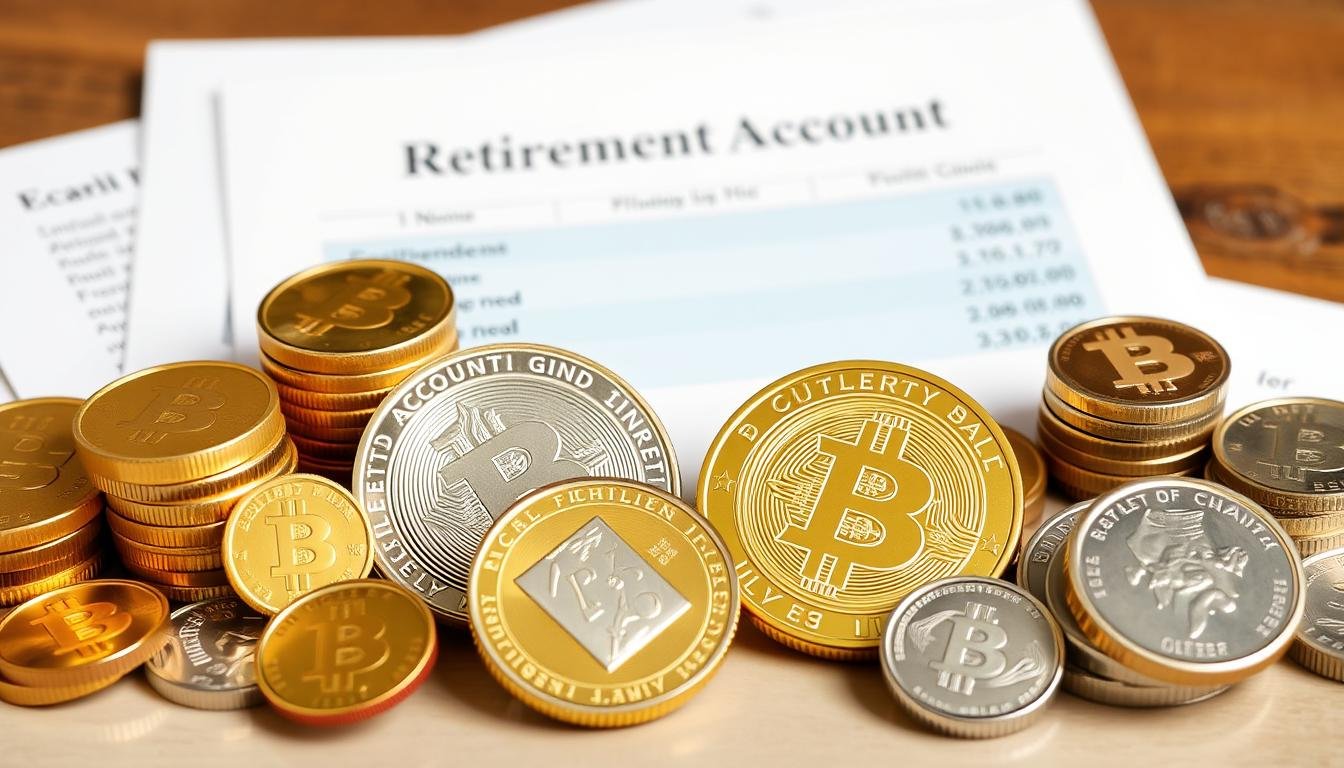When planning for retirement, diversifying your portfolio beyond traditional stocks and bonds has become increasingly important. Precious metals IRAs—particularly gold and silver—have emerged as popular options for investors seeking protection against inflation, market volatility, and economic uncertainty. But which metal offers superior long-term protection for your retirement savings? This comprehensive comparison explores the unique benefits and considerations of both gold vs silver IRA options to help you make an informed decision for your financial future.
Understanding Precious Metals IRAs as Retirement Vehicles
A precious metals IRA is a self-directed individual retirement account that allows you to hold physical gold, silver, platinum, and palladium as part of your retirement portfolio. Unlike conventional IRAs that typically consist of paper assets like stocks and bonds, precious metals IRAs give you the ability to own tangible assets with intrinsic value.
How Precious Metals IRAs Work
These specialized retirement accounts function similarly to traditional IRAs but with some key differences. The metals in your IRA must meet specific purity requirements established by the IRS and must be stored in an approved depository—not in your home. You can establish a precious metals IRA as either a Traditional IRA (tax-deductible contributions with taxed withdrawals) or a Roth IRA (after-tax contributions with tax-free withdrawals).
Key Takeaway: Precious metals IRAs allow you to diversify your retirement portfolio with physical assets that have historically served as hedges against inflation and economic uncertainty.
IRS Requirements for Eligible Precious Metals
Not all gold and silver products qualify for inclusion in an IRA. The IRS mandates that gold must be 99.5% pure, while silver must be 99.9% pure. Eligible products typically include:
Eligible Gold Products
- American Gold Eagle coins
- Canadian Gold Maple Leaf coins
- Australian Gold Kangaroo coins
- American Gold Buffalo coins
- Gold bars and rounds from approved refiners
Eligible Silver Products
- American Silver Eagle coins
- Canadian Silver Maple Leaf coins
- Australian Silver Kookaburra coins
- America the Beautiful silver coins
- Silver bars and rounds from approved refiners
Get Your Free Precious Metals IRA Guide
Discover how to properly diversify your retirement portfolio with our comprehensive guide to precious metals investing.
Gold IRAs: Stability and Historical Performance
Gold has been valued for thousands of years as a store of wealth and has maintained its purchasing power over long periods. This historical performance makes gold IRAs particularly attractive for retirement planning.
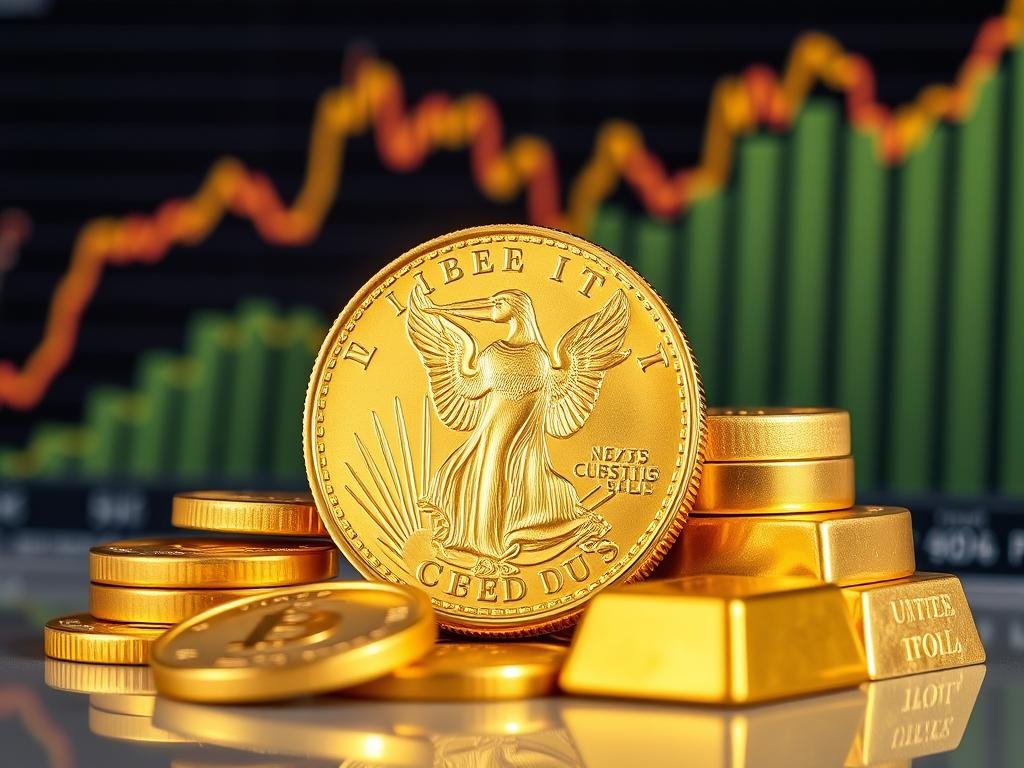
Advantages of Gold IRAs
- Stability: Gold typically maintains value during economic downturns when paper assets often decline
- Inflation hedge: Historically preserves purchasing power when inflation erodes the value of currency
- Global recognition: Universally accepted and liquid in virtually any market
- Limited supply: Cannot be printed like currency, maintaining scarcity value
- Portfolio diversification: Often moves inversely to stock markets, providing balance
Disadvantages of Gold IRAs
- Higher entry cost: Requires more capital to begin investing compared to silver
- Storage costs: Higher value means potentially higher insurance and storage fees
- No passive income: Doesn’t generate interest, dividends, or yields
- Limited industrial demand: Less practical application than silver, affecting price drivers
- Potential volatility: Can experience significant price swings, though typically less than silver
Historical Performance of Gold
Over the past decade, gold has demonstrated remarkable resilience during economic crises. During the 2008 financial crisis, gold prices surged while stock markets plummeted. Similarly, gold saw significant gains during the COVID-19 pandemic when markets experienced extreme volatility. This counter-cyclical performance makes gold particularly valuable for retirement portfolios seeking stability during uncertain times.
“Gold has maintained its value over centuries, serving as a reliable store of wealth when paper currencies have failed. Its performance during recent economic crises reinforces its role as a safe-haven asset.”
Key Takeaway: Gold IRAs excel in providing stability and protection during economic downturns, making them ideal for conservative investors prioritizing wealth preservation over aggressive growth.
Silver IRAs: Industrial Demand and Growth Potential
While gold is primarily valued for its monetary properties, silver offers a unique dual role as both a precious metal and an industrial commodity. This characteristic gives silver IRAs distinct advantages and considerations for retirement investors.
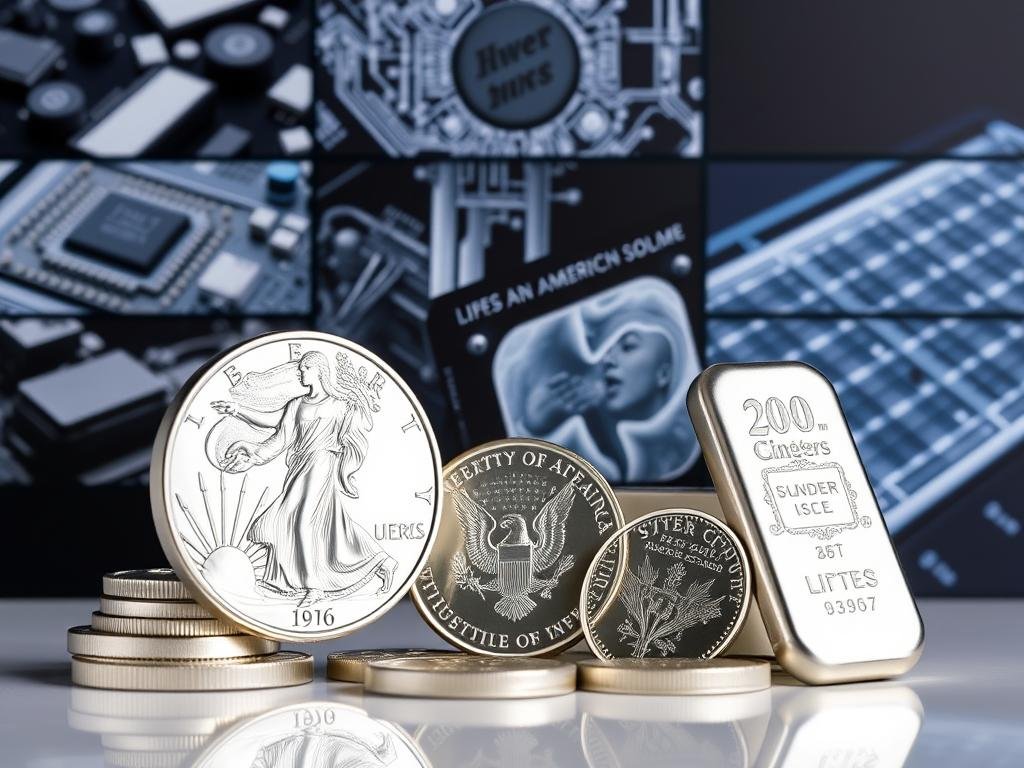
Advantages of Silver IRAs
- Affordability: Lower entry point allows for easier portfolio diversification
- Growth potential: Historically outperforms gold during bull markets
- Industrial demand: Used in electronics, solar panels, medical applications, creating additional price drivers
- Limited above-ground supply: Much silver is consumed in industrial processes and not recovered
- Higher potential returns: Greater volatility can mean larger gains during favorable markets
Disadvantages of Silver IRAs
- Higher volatility: Price fluctuations can be more extreme than gold
- Storage considerations: Requires more physical space due to lower value-to-volume ratio
- Industrial sensitivity: Price can be affected by economic slowdowns that reduce manufacturing
- Less historical precedent: Doesn’t have gold’s long-standing reputation as a monetary metal
- Market manipulation concerns: Smaller market size makes it potentially more vulnerable to price manipulation
Silver’s Industrial Applications
Silver’s value is significantly influenced by its industrial applications. It’s used in electronics, photovoltaic cells for solar energy, medical devices, water purification, and numerous other technologies. As these industries grow—particularly renewable energy and healthcare—demand for silver is expected to increase, potentially driving prices higher over the long term.
Key Takeaway: Silver IRAs offer greater growth potential and lower entry costs than gold, making them attractive for investors with longer time horizons who can tolerate higher volatility.
Speak With a Precious Metals IRA Specialist
Get personalized advice on whether gold or silver better aligns with your retirement goals and risk tolerance.
Gold vs Silver IRA: Direct Comparison
When evaluating gold vs silver IRA options for your retirement portfolio, several key factors should be considered. This direct comparison examines performance metrics, inflation hedging capabilities, and practical considerations to help you determine which precious metal better aligns with your retirement goals.
10-Year Price Performance Comparison
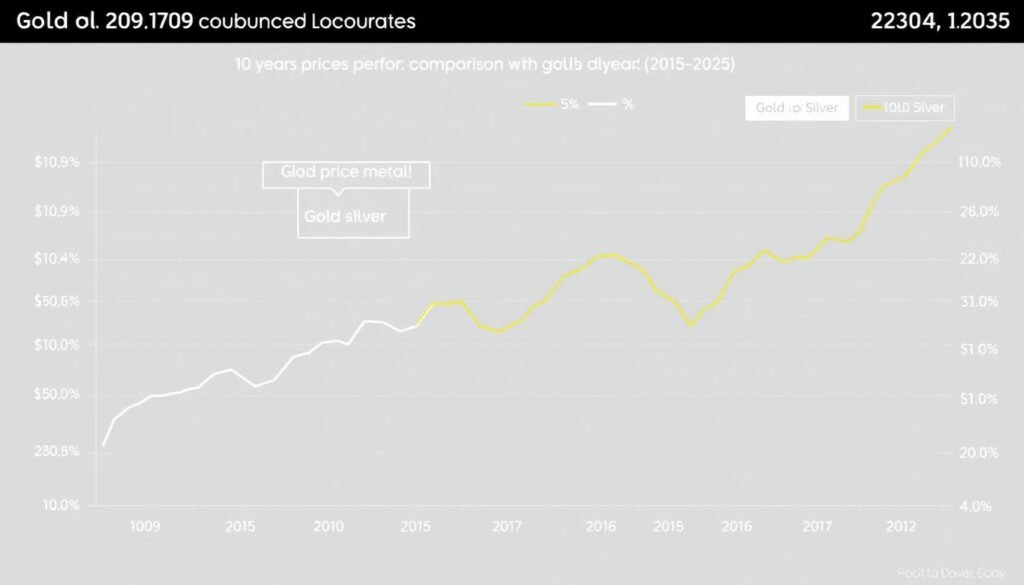
The chart above illustrates the price performance of gold and silver over the past decade. While both metals have shown overall growth, several patterns emerge:
- Gold has demonstrated more consistent, steady growth with lower volatility
- Silver has experienced more dramatic price swings, both up and down
- During economic crises, both metals typically rise, but gold often rises more consistently
- During strong economic growth periods, silver frequently outperforms gold
Inflation Hedge Effectiveness
| Factor | Gold IRA | Silver IRA |
| Historical inflation protection | Excellent – Consistent performance during inflationary periods | Good – Generally rises with inflation but with more volatility |
| Performance during hyperinflation | Superior – Traditional safe haven during currency crises | Strong – Typically performs well but with more price swings |
| Purchasing power preservation | Excellent – Maintained value over centuries | Good – Generally maintains value but with more fluctuation |
| Performance during stagflation | Very strong – Historically excels in high-inflation, low-growth environments | Strong – Performs well but industrial demand may be affected by economic slowdown |
Storage and Management Costs
The costs associated with maintaining a precious metals IRA can impact your overall returns. Here’s how gold and silver compare:
| Cost Factor | Gold IRA | Silver IRA |
| Storage fees | Higher per dollar invested (typically 0.5-1% annually) | Lower per dollar invested but higher per ounce due to volume |
| Insurance costs | Higher due to greater value concentration | Lower per dollar value but higher relative to metal value |
| Physical storage requirements | Less space needed (higher value-to-volume ratio) | More space required (lower value-to-volume ratio) |
| Custodian fees | Similar (typically $200-300 annually) | Similar (typically $200-300 annually) |
Key Takeaway: Gold offers superior stability and consistent inflation protection, while silver provides greater growth potential at a lower entry point but with increased volatility.
5 Key Factors for Choosing Between Gold and Silver IRAs
Your personal financial situation, retirement timeline, and risk tolerance should guide your decision between gold and silver IRAs. Consider these five critical factors when making your choice:

- Conservative investors: Gold’s stability makes it preferable for those with lower risk tolerance
- Moderate risk-takers: A mix of gold and silver balances stability with growth potential
- Aggressive investors: Silver’s higher volatility and growth potential may be more appealing
1. Risk Tolerance
- Short-term (1-5 years): Gold typically offers more predictable short-term performance
- Mid-term (5-15 years): A balanced approach with both metals may be optimal
- Long-term (15+ years): Silver’s growth potential may outweigh its volatility over longer periods
2. Investment Timeline
- Already stock-heavy: Gold provides better counterbalance to equity-focused portfolios
- Seeking growth: Silver complements a conservative portfolio needing growth potential
- Optimal diversification: Consider allocating to both metals in proportions matching your goals
3. Portfolio Diversification
- Recession concerns: Gold typically outperforms during economic contractions
- Inflation expectations: Both metals perform well, but gold has more consistent results
- Growth optimism: Silver often outperforms during periods of economic expansion
4. Economic Outlook
- Limited funds: Silver allows more substantial position building with less capital
- Substantial capital: Gold’s value density makes it easier to manage larger investments
- Regular contributions: Dollar-cost averaging into both metals can be an effective strategy
5. Investment Capital
- 70/30 Gold-Silver split: Conservative allocation favoring stability
- 50/50 Gold-Silver split: Balanced approach for moderate investors
- 30/70 Gold-Silver split: Growth-oriented approach accepting higher volatility
Balanced Approach
Key Takeaway: The ideal precious metals IRA allocation depends on your personal financial situation, risk tolerance, and retirement timeline. Many investors benefit from including both gold and silver in their portfolios.
Tax Implications for Gold and Silver IRAs
Understanding the tax treatment of precious metals IRAs is crucial for maximizing your retirement benefits. Both gold and silver IRAs follow the same tax rules, but there are important considerations to keep in mind.
Tax Treatment by IRA Type
Traditional Precious Metals IRA
- Contributions may be tax-deductible in the year made
- Metals grow tax-deferred until withdrawal
- Withdrawals after age 59½ are taxed as ordinary income
- Required Minimum Distributions (RMDs) begin at age 72
- Early withdrawals before 59½ incur 10% penalty plus taxes
Roth Precious Metals IRA
- Contributions made with after-tax dollars (no deduction)
- Metals grow tax-free
- Qualified withdrawals after age 59½ are completely tax-free
- No Required Minimum Distributions during owner’s lifetime
- Contributions (but not gains) can be withdrawn penalty-free
Special Tax Considerations
When dealing with precious metals IRAs, be aware of these specific tax implications:
- Collectibles classification: The IRS generally considers precious metals as collectibles, which typically incur a higher 28% capital gains tax rate. However, IRA-approved precious metals held in approved depositories avoid this classification.
- Taking physical possession: If you take physical possession of your IRA-held precious metals, it’s considered a distribution and subject to taxes and potential penalties.
- In-kind distributions: You can take distributions from your precious metals IRA in the form of the physical metals themselves, but their fair market value will be taxed accordingly.
“The tax advantages of precious metals IRAs are identical whether you choose gold or silver. The key difference lies in how the metals themselves perform, not in their tax treatment.”
Key Takeaway: Both gold and silver IRAs offer the same tax advantages. Your choice between Traditional and Roth IRA structure will have a greater impact on your tax situation than your choice of metal.
Step-by-Step Guide to Setting Up a Gold or Silver IRA
The process for establishing a precious metals IRA is identical whether you choose gold, silver, or a combination of both. Follow these steps to set up your account properly:
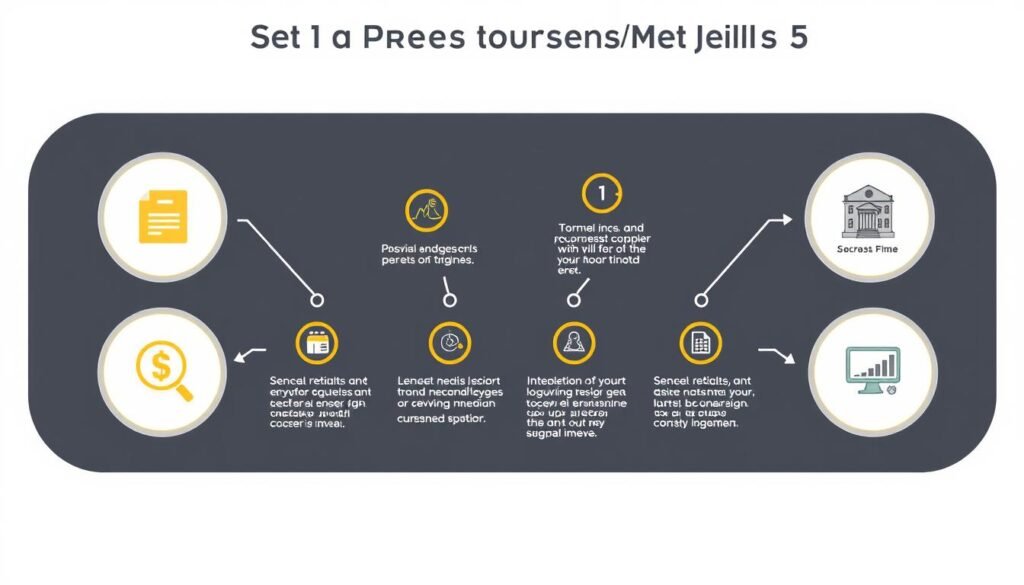
Select a reputable custodian that specializes in precious metals IRAs. Look for experience, reasonable fees, and positive customer reviews. The custodian will handle the administrative aspects of your account and ensure IRS compliance.
Fill out the necessary forms to establish your self-directed IRA. You’ll need to decide between a Traditional or Roth IRA structure based on your tax situation and retirement goals.
You can fund your new IRA through a direct contribution (subject to annual limits), a transfer from an existing IRA, or a rollover from a qualified retirement plan like a 401(k). Each method has specific rules and potential tax implications.
Choose a reputable dealer that offers IRS-approved precious metals products. Many custodians have relationships with trusted dealers, or you can select your own. Ensure they have a strong reputation and competitive pricing.
Work with your dealer to select the specific gold or silver products for your IRA. Remember that all metals must meet IRS purity requirements (99.5% for gold, 99.9% for silver) and be on the approved list of products.
Your precious metals must be stored in an IRS-approved depository. Your custodian will typically handle this arrangement. You’ll need to choose between segregated storage (your metals kept separate) or commingled storage (mixed with others but tracked).
Review your precious metals IRA regularly, just as you would any investment. Consider rebalancing periodically based on market conditions and your changing retirement needs.
Key Takeaway: The setup process is identical for both gold and silver IRAs. The key differences lie in your specific metal selection and the amount you can purchase with your available funds.
Ready to Start Your Precious Metals IRA?
Our step-by-step guide walks you through the entire process with expert tips to avoid common mistakes.
Real Investor Case Studies: Gold vs Silver IRA Strategies
Examining how real investors have implemented gold and silver IRA strategies can provide valuable insights for your own retirement planning. Here are three case studies showcasing different approaches and outcomes.

Case Study 1: Conservative Approach with Gold
Investors: Robert and Susan, 62 and 60
Strategy: Allocated 20% of retirement portfolio to a gold IRA as a hedge against market volatility
Implementation: Rolled over $100,000 from a traditional IRA into physical gold coins and bars in 2015
Results: During the 2020 market crash, their gold holdings appreciated 25% while their stock portfolio dropped 30%, providing crucial stability
Key Lesson: Gold’s counter-cyclical performance protected their overall retirement savings during a critical pre-retirement period

Case Study 2: Growth Focus with Silver
Investor: Michael, 45
Strategy: Allocated 15% of retirement assets to silver IRA for growth potential
Implementation: Invested $50,000 in silver coins and bars in 2018, adding $10,000 annually
Results: Silver position grew 78% over five years, outperforming his stock portfolio’s 45% growth during the same period
Key Lesson: Silver’s industrial demand and lower entry point allowed for significant accumulation and growth during a technology boom period

Case Study 3: Balanced Approach
Investor: Jennifer, 55
Strategy: Created a balanced precious metals IRA with 60% gold and 40% silver
Implementation: Converted $75,000 from an underperforming 401(k) in 2017, maintaining the 60/40 ratio through rebalancing
Results: Portfolio grew 52% over six years with significantly lower volatility than either metal alone
Key Lesson: Combining both metals provided growth from silver during bull markets while gold offered stability during corrections
Key Takeaway: These case studies demonstrate that successful precious metals IRA strategies often align with the investor’s age, risk tolerance, and overall financial goals. Many investors find that a combination of both metals provides optimal results.
Expert Predictions for Precious Metals Markets (2025-2040)
Understanding potential future trends can help inform your precious metals IRA strategy. While no one can predict markets with certainty, here’s what leading experts are forecasting for gold and silver over the next 15-20 years.
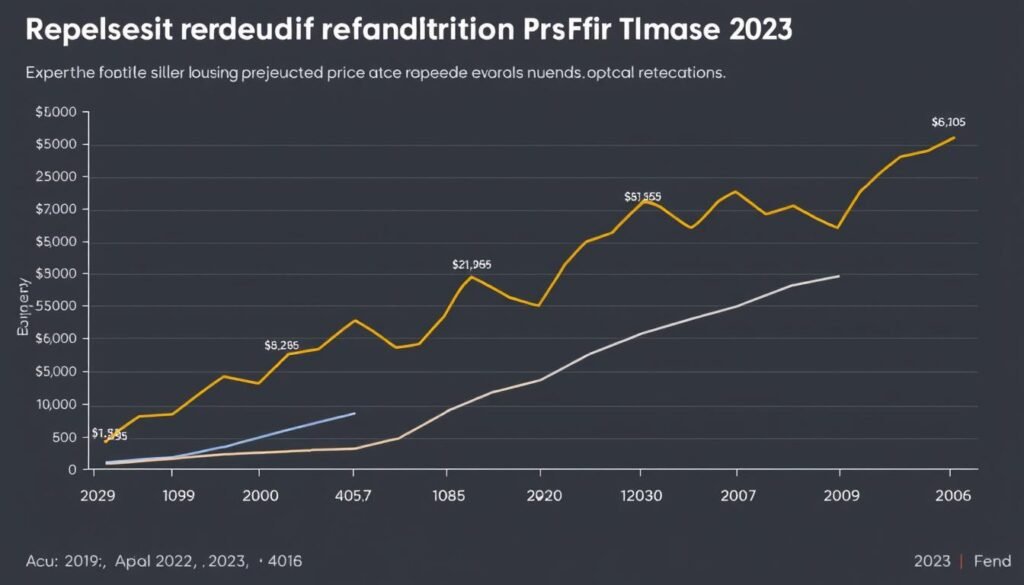
Gold Market Outlook (2025-2040)
- Central bank purchasing: Experts predict continued and potentially increased gold acquisition by central banks seeking to reduce dollar dependency
- Digital currency impact: The rise of central bank digital currencies (CBDCs) may drive investors toward gold as a privacy-preserving alternative
- Supply constraints: Peak gold production may have already occurred, with new discoveries becoming rarer and more expensive to develop
- Price projections: Conservative estimates suggest gold could reach $3,000-5,000 per ounce by 2030, with potential for $7,000-10,000 by 2040 depending on monetary policy
Silver Market Outlook (2025-2040)
- Industrial demand growth: Green energy transition (solar panels, electric vehicles) expected to significantly increase silver demand
- Supply-demand imbalance: Above-ground silver supplies are diminishing while industrial consumption continues to rise
- Gold-silver ratio: Many analysts predict the gold-silver ratio (currently around 80:1) could compress to historical norms of 40:1 or lower
- Price projections: Estimates suggest silver could reach $50-75 per ounce by 2030, with potential for $100-150 by 2040 if industrial demand accelerates
“The next two decades may represent a perfect storm for precious metals, particularly silver. The combination of monetary debasement, industrial demand growth, and supply constraints could create unprecedented price appreciation.”
Key Takeaway: Both gold and silver have strong long-term outlooks, with silver potentially offering higher percentage gains due to its dual role as both a precious and industrial metal. However, gold is expected to maintain its status as the premier safe-haven asset.
Frequently Asked Questions About Gold vs Silver IRAs
Can I hold both gold and silver in one IRA?
Yes, you can absolutely hold both gold and silver (and even platinum and palladium) within a single precious metals IRA. Many investors choose this approach to maximize diversification benefits. You can determine your own allocation percentages based on your investment goals and market outlook. Your IRA custodian will track the specific metals you own and their respective values within your account.
How does silver’s industrial use affect its retirement value?
Silver’s industrial applications create a dual demand dynamic that can significantly impact its retirement value. On one hand, industrial demand provides a price floor and growth catalyst that gold doesn’t have, potentially leading to stronger long-term appreciation. On the other hand, economic downturns that reduce manufacturing can temporarily depress silver prices when industrial demand falls. For retirement investors with longer time horizons, this industrial component often enhances silver’s growth potential, particularly as technologies like solar energy, electric vehicles, and medical applications increase demand for silver’s unique properties.
What are the minimum investment requirements for gold vs silver IRAs?
Minimum investment requirements vary by custodian, but typically range from ,000 to ,000 for precious metals IRAs. Because silver is less expensive per ounce than gold, you can acquire more physical metal with the same investment amount. For example, a ,000 investment might purchase about 4-5 ounces of gold versus 300-400 ounces of silver at current prices. Some custodians offer lower minimums for silver IRAs specifically because of this price difference, making silver potentially more accessible for investors starting with limited capital.
How liquid are gold and silver IRAs if I need to take distributions?
Both gold and silver IRAs offer good liquidity when it comes time to take distributions. Gold generally has slightly better liquidity due to its higher value density and universal recognition. However, silver’s lower price point can sometimes make it easier to sell in smaller increments for partial distributions. When taking distributions, you typically have three options: 1) The metals can be sold and the cash distributed to you, 2) The physical metals can be shipped to you (counted as a distribution), or 3) You can take in-kind distributions of specific coins or bars. Most custodians can process distribution requests within 1-3 business days.
What percentage of my retirement portfolio should be in precious metals?
Financial advisors typically recommend allocating between 5-15% of your retirement portfolio to precious metals, though this can vary based on your age, risk tolerance, and economic outlook. Investors closer to retirement or those particularly concerned about economic instability might allocate toward the higher end of this range. Younger investors with longer time horizons might start with a smaller allocation. Within your precious metals allocation, the gold-to-silver ratio should reflect your goals: more gold for stability and wealth preservation, more silver for growth potential. Many experts suggest starting with a 70/30 gold-to-silver ratio for conservative investors, or 50/50 for a balanced approach.
Conclusion: Making the Right Choice for Your Retirement
When deciding between gold vs silver IRA options for long-term retirement protection, there is no one-size-fits-all answer. Both precious metals offer valuable benefits that can strengthen your retirement portfolio, but in different ways.
Gold provides superior stability, consistent inflation protection, and a proven track record as a safe-haven asset during economic turmoil. Its higher value density makes it easier to store and transport, though it comes with a higher entry cost and potentially lower growth ceiling.
Silver offers greater affordability, potentially higher growth due to industrial demand, and a lower entry point for investors with limited capital. However, it comes with increased volatility and less historical precedent as a monetary metal.
For many investors, the optimal strategy involves holding both metals in proportions that align with their specific retirement timeline, risk tolerance, and financial goals. This balanced approach captures the stability benefits of gold while also participating in silver’s growth potential.
Whichever direction you choose, precious metals IRAs represent a powerful tool for diversifying beyond traditional paper assets and protecting your retirement savings from inflation, currency devaluation, and market volatility.
Take the Next Step in Securing Your Retirement
Download our comprehensive guide to learn everything you need to know about protecting your retirement with precious metals.
Get Your Free Gold vs Silver IRA Guide
Or speak with a precious metals specialist: 1-800-123-4567

